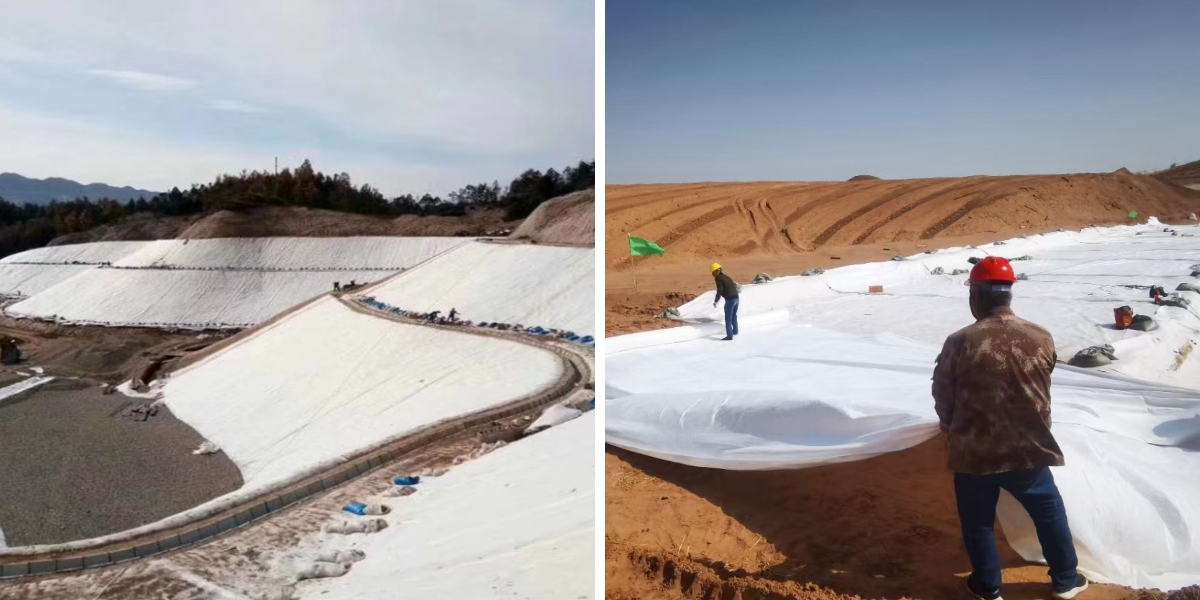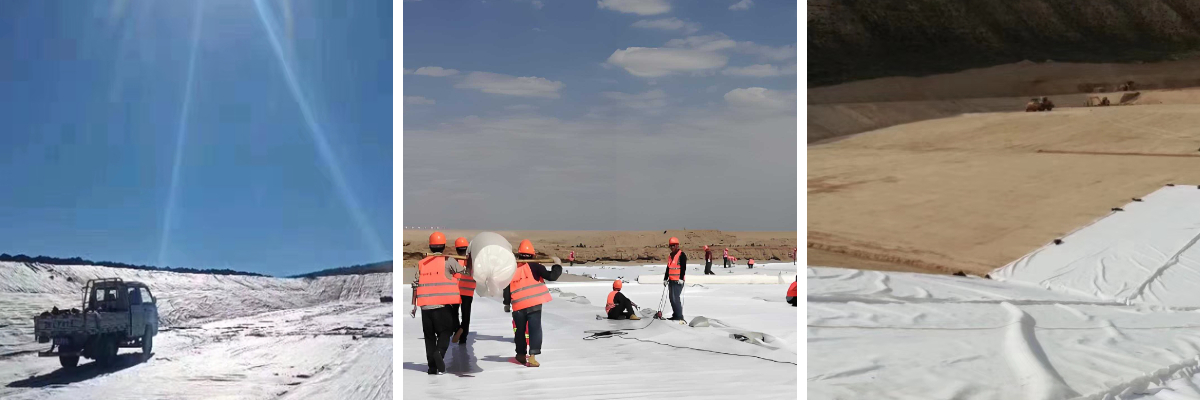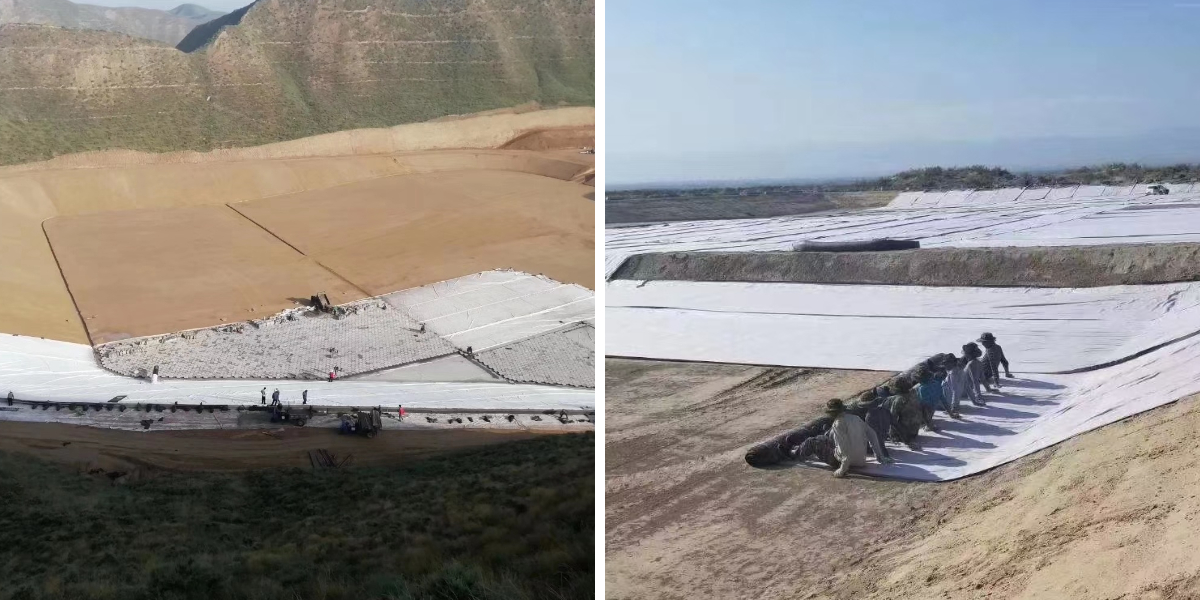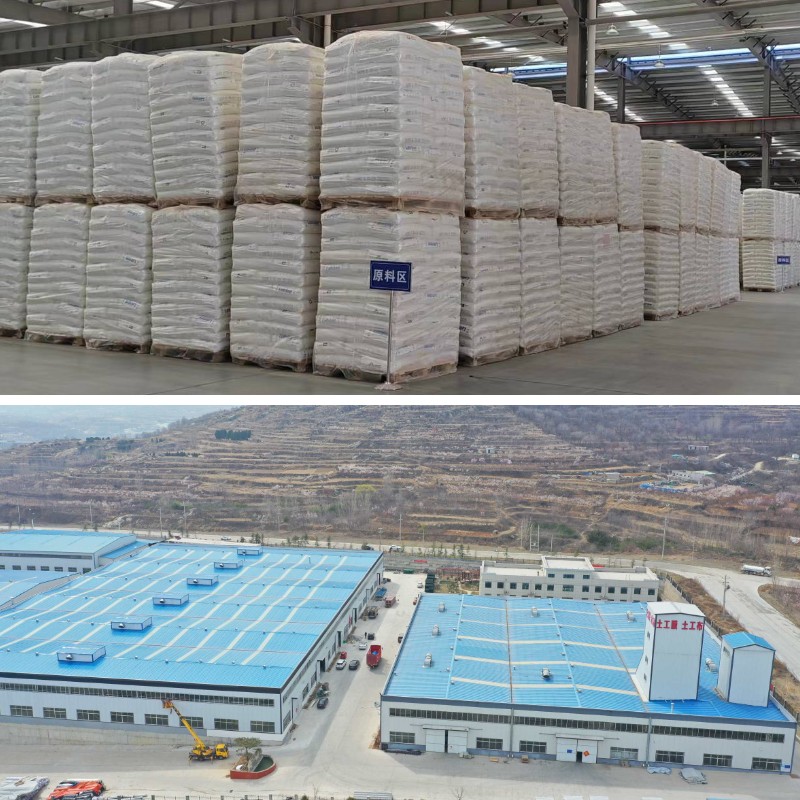Environmental Impact of Geotextile Cloth: Eco-Friendly Options to Consider
Geotextile material has grow to be a cornerstone in modern-day development and environmental engineering, providing long lasting solutions for soil stabilization, drainage, and erosion control. As sustainability takes core stage in international projects, grasp the environmental have an impact on of geotextile materials—and deciding on eco-friendly options—has in no way been greater critical. This information breaks down how geotextile material impacts ecosystems, highlights inexperienced alternatives, and explores key merchandise like brilliant geotextile, geotextile mat, and geotextile material for protecting partitions that stability overall performance with environmental responsibility.
What Makes Geotextile Cloth Eco-Friendly?
Traditional building substances frequently depend on resource-heavy tactics or non-biodegradable substances, however contemporary geotextile material is evolving to meet eco-standards. Eco-friendly geotextiles are commonly made from recycled substances (like post-consumer plastic bottles) or biodegradable fibers, decreasing reliance on virgin assets and reducing down on waste.
Super geotextile stands out in this category. Engineered for more advantageous power and permeability, it makes use of recycled polypropylene fibers that would in any other case stop up in landfills. Its long lasting layout additionally minimizes the want for universal replacements, decreasing long-term fabric consumption. Unlike artificial fabric of the past, today’s extremely good geotextile is designed to degrade safely over time in managed environments, making it a clever desire for initiatives close to touchy ecosystems.
Another eco-conscious alternative is the geotextile mat. Made from herbal fibers like coconut coir or jute, these mats ruin down gradually, enriching the soil as they decompose. They’re best for brief erosion manipulate in areas the place long-term artificial substances may disrupt neighborhood habitats, such as riverbanks or reforestation sites.
Environmental Benefits of Choosing Sustainable Geotextiles
Sustainable geotextile material gives a vary of environmental blessings that align with inexperienced constructing practices:
1.Reduced Carbon Footprint: Eco-friendly geotextiles, together with high-quality geotextile, regularly use recycled materials, which require much less power to produce than virgin plastics. This cuts down on greenhouse fuel emissions all through manufacturing.
2.Soil and Water Protection: Geotextile material for holding partitions made from permeable, non-toxic substances prevents soil erosion barring leaching hazardous chemical substances into groundwater. Its porous shape approves water to waft naturally, preserving wholesome soil moisture ranges for plant growth.
3.Waste Reduction: By repurposing substances like plastic bottles into geotextile mat products, producers divert waste from landfills. Many eco-geotextiles are additionally designed to be recyclable at the quit of their lifecycle, developing a round economic system model.
4.Biodiversity Support: Natural fiber geotextiles, such as coir-based geotextile mat, grant a transient habitat for small vegetation and bugs whilst stabilizing soil. As they biodegrade, they add natural count to the soil, merchandising long-term ecosystem health.
Key Applications: Where Eco-Friendly Geotextiles Shine
Eco-friendly geotextiles aren’t simply true for the planet—they’re additionally enormously functional. Here are their pinnacle applications, with a focal point on how outstanding geotextile, geotextile mat, and geotextile cloth for keeping partitions supply results:
1. Erosion Control
Geotextile mat is a go-to for erosion-prone areas like slopes and shorelines. Natural fiber mats dangle to soil, stopping runoff whilst permitting seeds to germinate. For longer-term protection, extraordinary geotextile (with recycled artificial fibers) gives sturdiness in high-traffic zones, such as trekking trails or development web page perimeters, except harming surrounding vegetation.
2. Retaining Walls
Geotextile cloth for keeping partitions is a game-changer for sustainable construction. It reinforces soil in the back of walls, decreasing the want for concrete or steel. Eco-friendly versions, made from recycled polyester, withstand rot and mildew whilst keeping permeability—critical for stopping water buildup that should harm the wall. This now not solely extends the wall’s lifespan however additionally avoids the environmental price of heavy concrete production.
3. Drainage Systems
Super geotextile’s excessive permeability makes it best for drainage projects, such as agricultural fields or city inexperienced roofs. It filters out soil particles whilst letting water flow, stopping clogs in drainage pipes. Unlike usual gravel filters, which require mining and transportation, high-quality geotextile is light-weight and handy to install, reducing down on project-related emissions.
4. Landscaping and Reforestation
In landscaping, geotextile mat (natural fiber) acts as a weed barrier that decomposes over time, putting off the want for chemical herbicides. It’s additionally used in reforestation to defend younger saplings from soil erosion, developing a nurturing surroundings for root growth.
How to Choose the Right Eco-Friendly Geotextile
When deciding on geotextile cloth, think about these elements to stability eco-friendliness and performance:
1.Project Lifespan: For transient tasks (e.g., seasonal erosion control), pick biodegradable geotextile mat (coir or jute). For long-term wishes (e.g., maintaining walls), decide for top notch geotextile or recycled geotextile material for maintaining walls—they closing many years barring degrading.
2.Environmental Sensitivity: Near waterways or natural world habitats, prioritize non-toxic, herbal options. In industrial zones, magnificent geotextile (with UV resistance) is higher for withstanding harsh conditions.
3.Local Regulations: Some areas require recycled content material in development materials. Check nearby requirements to make sure your choice, whether or not geotextile mat or first-rate geotextile, meets eco-compliance.
Conclusion: A Greener Future with Geotextile Cloth
The environmental influence of geotextile material is increasingly more positive, thanks to improvements like remarkable geotextile, biodegradable geotextile mat, and sustainable geotextile cloth for preserving walls. By selecting these options, initiatives can limit waste, decrease emissions, and aid healthful ecosystems—all whilst turning in dependable performance.
Whether you’re working on erosion control, keeping walls, or drainage systems, eco-friendly geotextiles show that sturdiness and sustainability can go hand in hand. Make the change these days and construct a venture that’s strong, effective, and form to the planet.
Contact Us
Company Name: Shandong Chuangwei New Materials Co., LTD
Contact Person :Jaden Sylvan
Contact Number :+86 19305485668
WhatsApp:+86 19305485668
Enterprise Email: cggeosynthetics@gmail.com
Enterprise Address: Entrepreneurship Park, Dayue District, Tai 'an City,
Shandong Province










